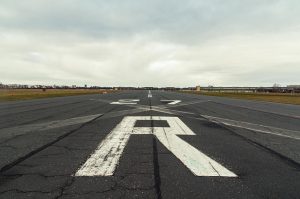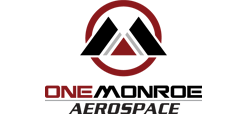
Runways play an important role in commercial aviation. Consisting of a flat rectangular-shaped surface, they are used for takeoffs and landings. Major airports typically have paved runways with concrete or asphalt, but many smaller airports have dirt or gravel runways. In addition to paved runways, however, major airports feature runway safety areas (RSAs) and shoulders.
What Is an RSA?
An RSA is a defined area around a runway that’s used primarily for emergency and maintenance vehicles. Major airports are equipped with fleets of emergency and maintenance vehicles, such as firefighting trucks, ambulances, Rapid Intervention Vehicles (RIVs) and hazardous materials response vehicles. If a plane needs assistance while still on the runway, these vehicles may use the RSA to reach the plane.
What Is a Shoulder?
A shoulder is an area around a runway that’s used primarily to provide airplanes with a safe place to veer off while also protecting the runway from erosion-related damage. Just like highways and roads have shoulders, so do runways. Pilots typically strive to keep airplanes directly on the runway when taking off and landing. Strong winds, severe rain or other conditions, however, can make this difficult. Fortunately, runways are often bordered with a safe space where airplanes can veer off — the shoulder.
Differences Between RSAs and Shoulders
RSAs and shoulders are both defined spaces around runways, but they aren’t the same. One key difference between them is the location. The shoulder is located closer to the runway. The edge of the runway connects directly to the shoulder. The RSA, on the other hand, is a larger area that encompasses the shoulder, the stopway, the clearway and other areas.
RSAs and shoulders are used for different purposes. As previously mentioned, RSAs are used primarily for emergency and maintenance vehicles, whereas shoulders are used primarily to provide a safe space for airplanes to veer off. Shoulders also protect runways from erosion-related damage. Over time, water can erode paved surfaces, including paved runways. Rather than allowing water to flow over paved runways, airports often use shoulders as a drainage solution.
Shoulders are smaller than RSAs. The U.S. Federal Aviation Administration (FAA) typically recommends a width of 25 to 35 feet for shoulders. There are two shoulders — the right and left sides — per runway. RSAs are much wider because they include the shoulder and other areas of the runway. Many RSAs span 500 to 1,000 feet beyond the runway.



